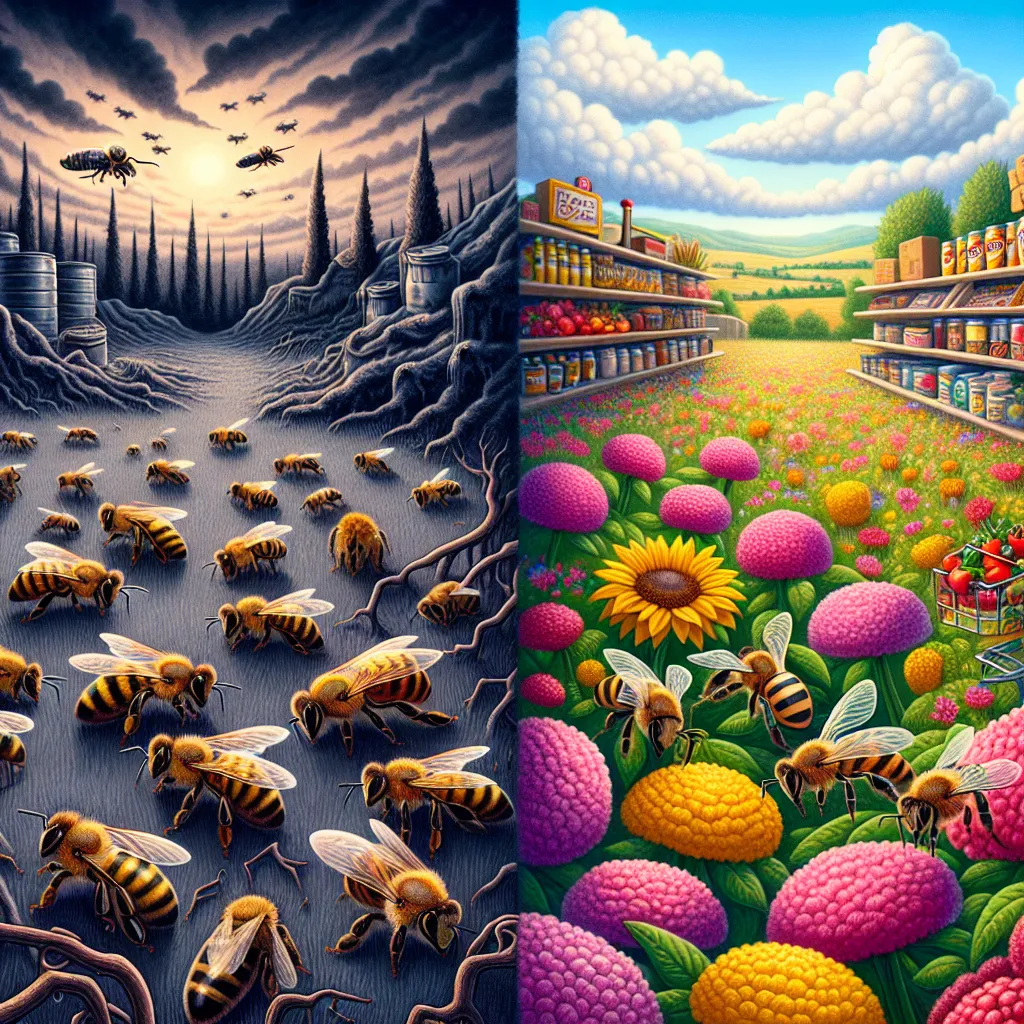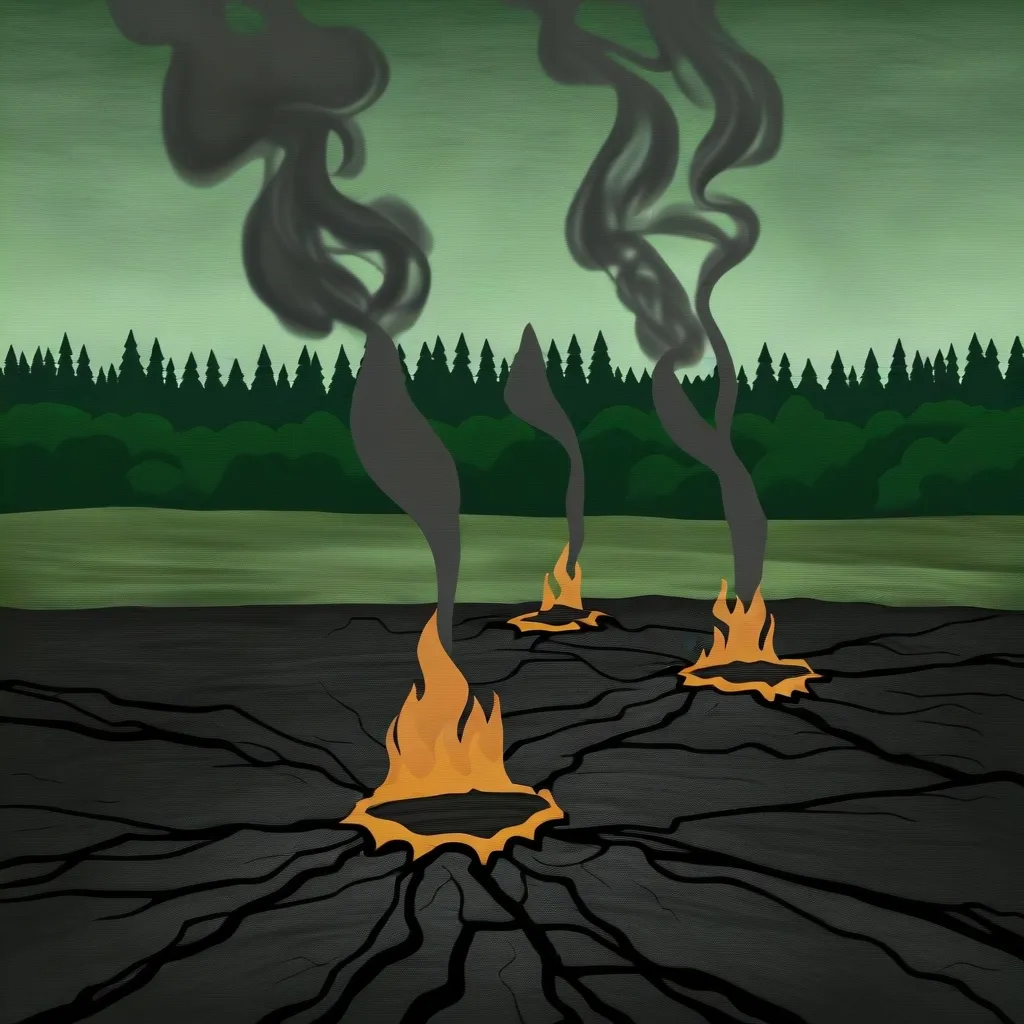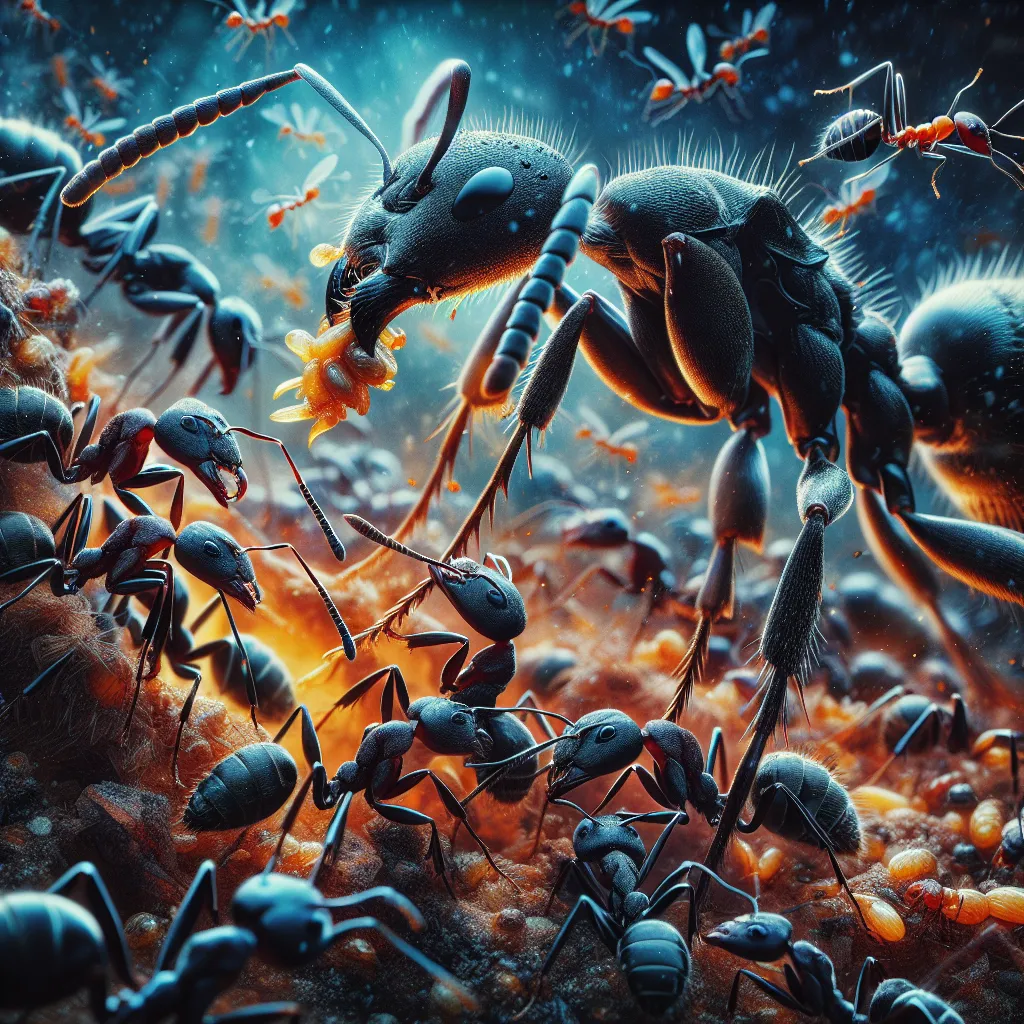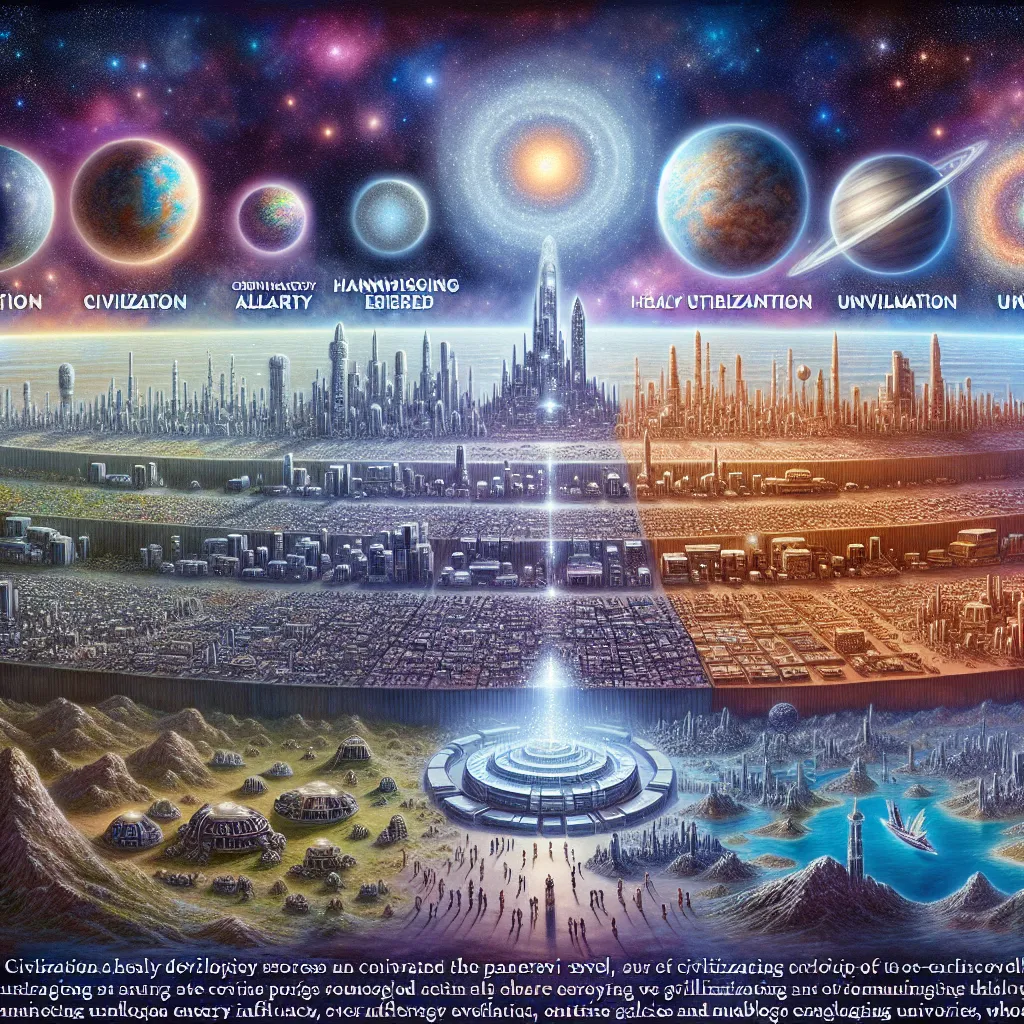Our society is incredibly complex and delicate, resting on many pillars, one of which is the honey bee. You may not realize it, but one out of every three meals we eat is thanks to these little pollinators. Without honey bees, thousands of plant species would vanish, potentially leading to mass starvation in the years that follow. The economic impact is staggering too, with honey bee pollination valued at around $265 billion annually. Imagine life without apples, onions, or pumpkins. Not to forget the plants used for livestock feed, which are crucial for our milk and meat supply.
There’s a quote often attributed to Einstein that says, “If honey bees die out, humans will follow a few years later.” While he likely never said this, the idea holds a chilling truth. Honey bees are disappearing, and it’s alarming. Millions of hives have been lost over recent years. Beekeepers report colony losses between 30-90% annually. In the US, bee numbers declined from 5 million hives in 1988 to 2.5 million today.
Since 2006, “colony collapse disorder” has hit bees hard, and we don’t fully understand why. One thing is clear, though—it’s serious. Bees face a slew of enemies, like the Acarapis woodi and Varroa destructor mites. These pests are like something out of a horror movie, sucking the life out of bees and spreading diseases. Imagine living your whole life with tiny creatures eating away at you from the inside out. That’s the nightmare bees face with Acarapis woodi. Varroa destructor mites breed inside bee cells and weaken the developing larvae, spreading quickly and devastating entire hives.
But mites aren’t the only threat. Viruses and fungi also wreak havoc. Even under normal conditions, these problems should be manageable. Yet, bees are still dying at alarming rates. Part of the issue lies in insecticides like neonicotinoids, which target insects’ nervous systems. Widely used since the 1990s, these chemicals are deadly to bees. Bees ingest these toxins while gathering pollen, and bring them back to the hive, slowly poisoning their entire colony. High doses can lead to convulsions, paralysis, and death, while even small doses can disorient bees, causing them to lose their way and die alone.
We know neonicotinoids are harmful, but there’s lots of money to be made in their continued use. Industry-funded studies often downplay their toxicity, complicating efforts to find safer alternatives. There are other issues too—genetic uniformity, monocultures, poor nutrition, overcrowding, and stress from human activities all contribute to colony collapse disorder.
With the rise of parasites and these multiple threats, honey bees are fighting for their lives. If they lose, we face a catastrophe. Our food supply and ecological balance hang in the balance. To ensure a future filled with food variety and abundance, we must address this crisis. Our survival is intricately tied to the health of honey bees and the environment. Time to take better care of our planet, not just for its beauty, but for our very survival.






